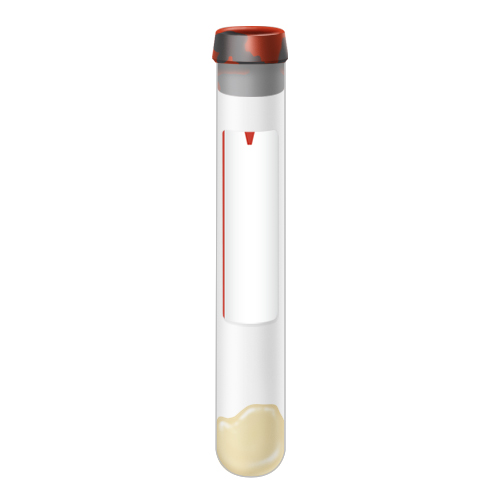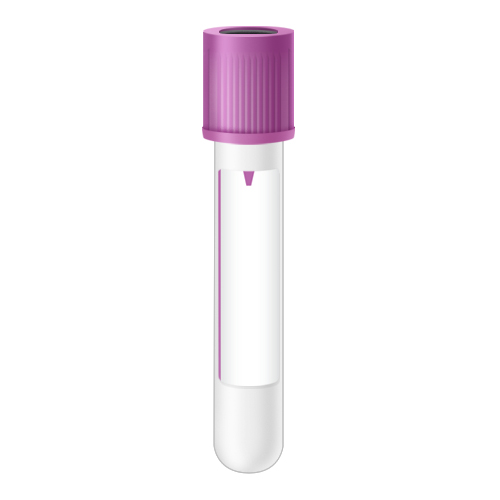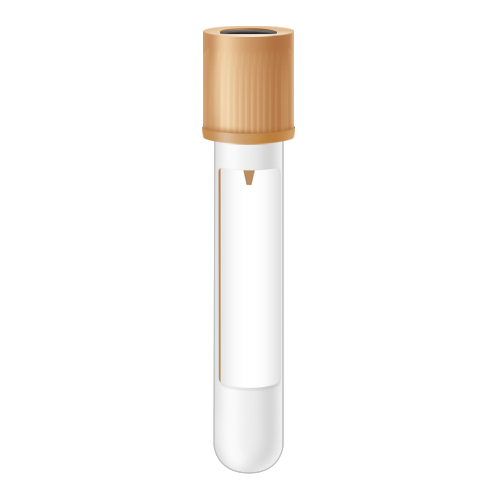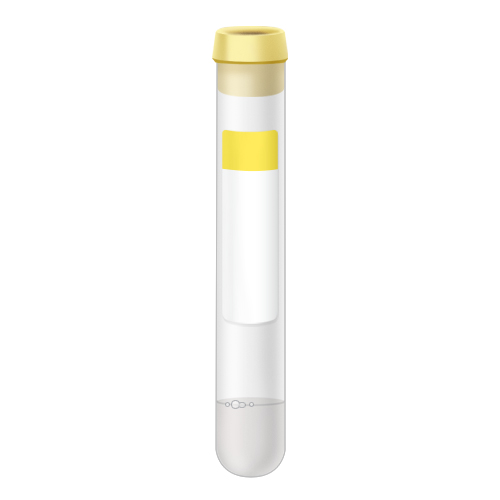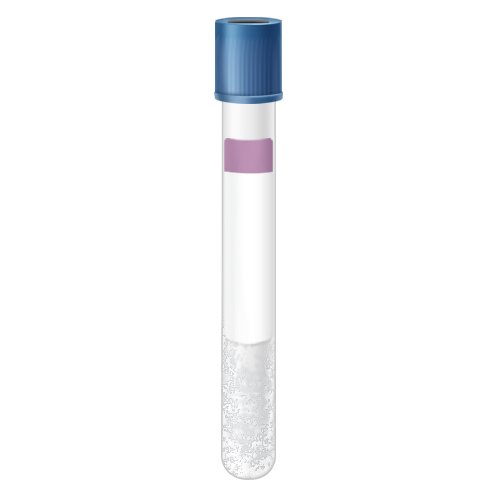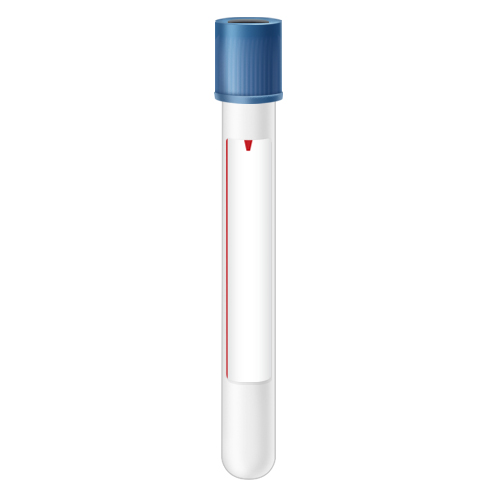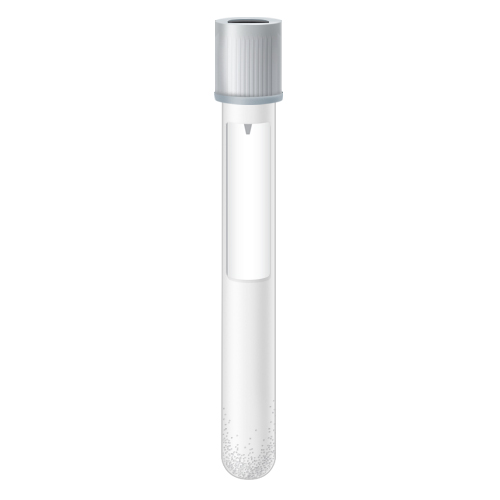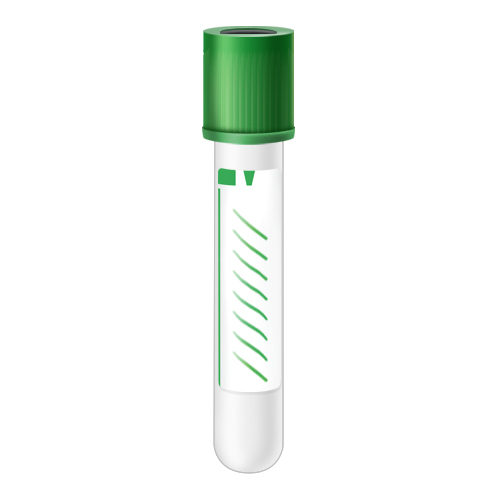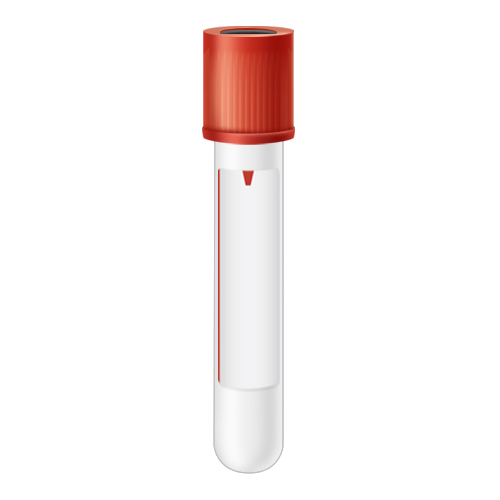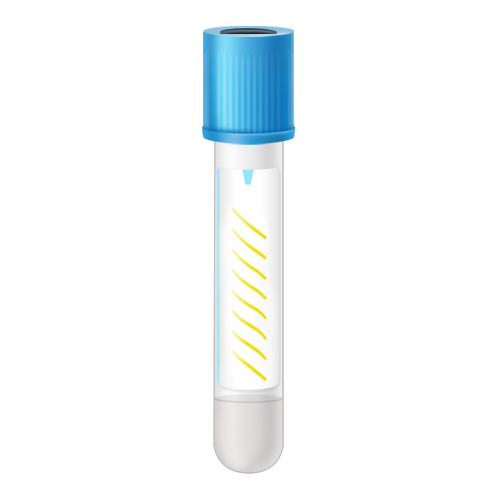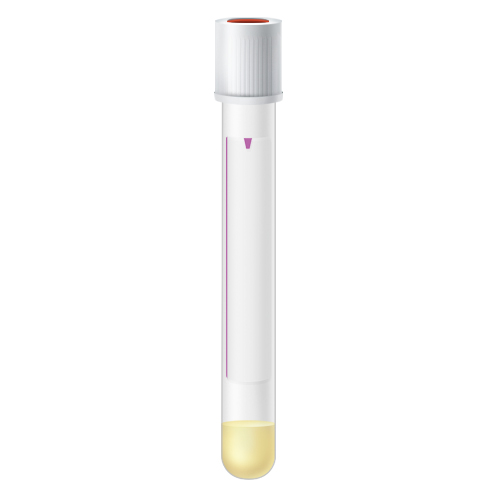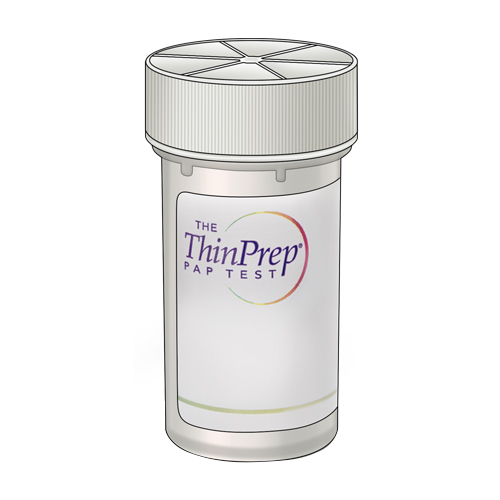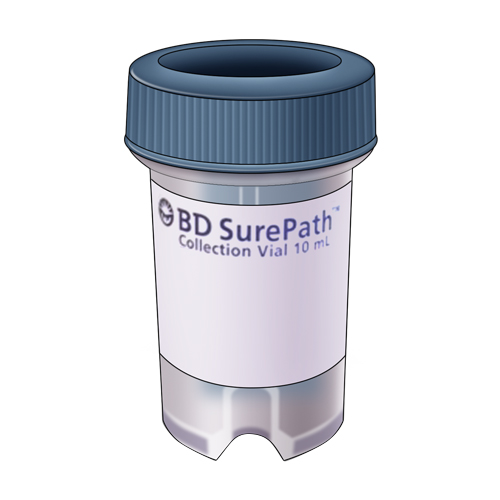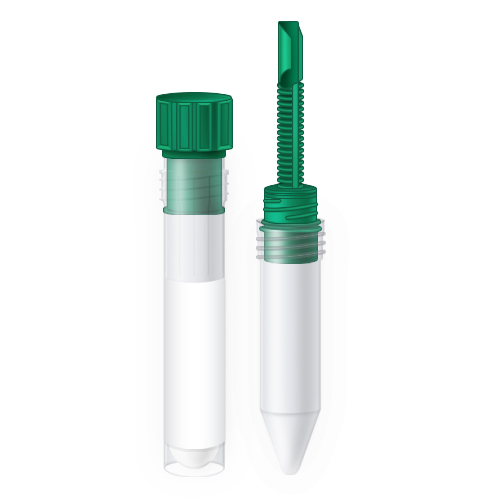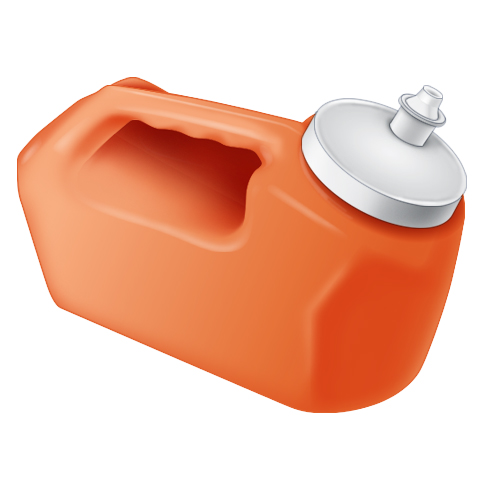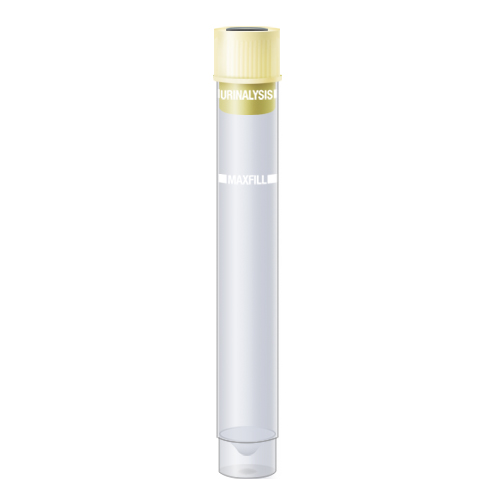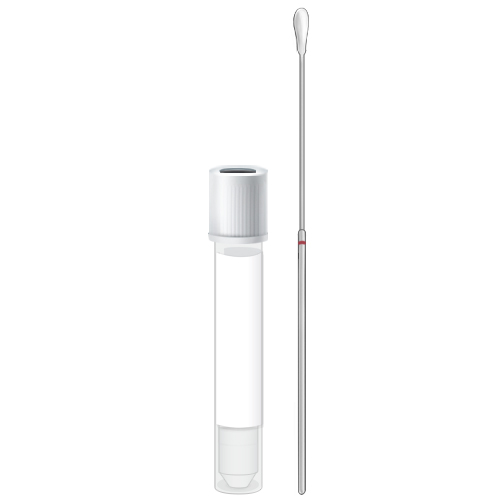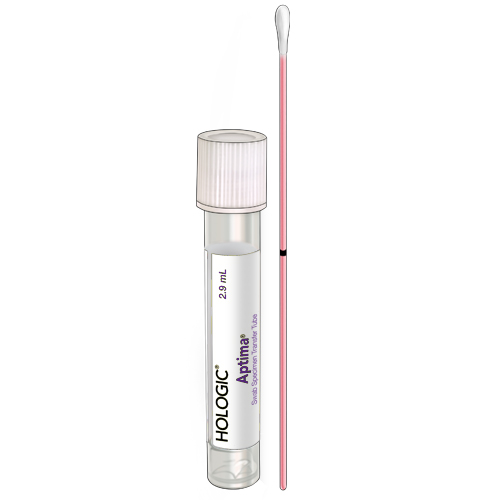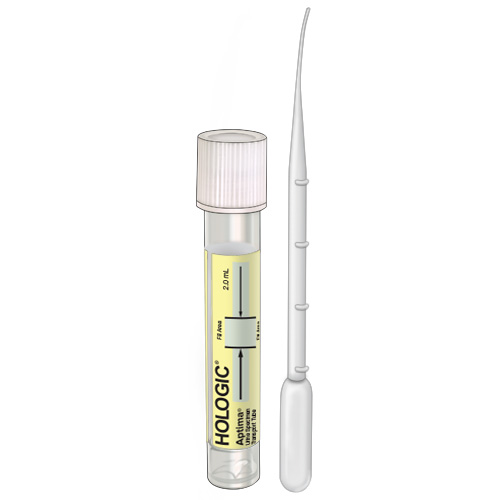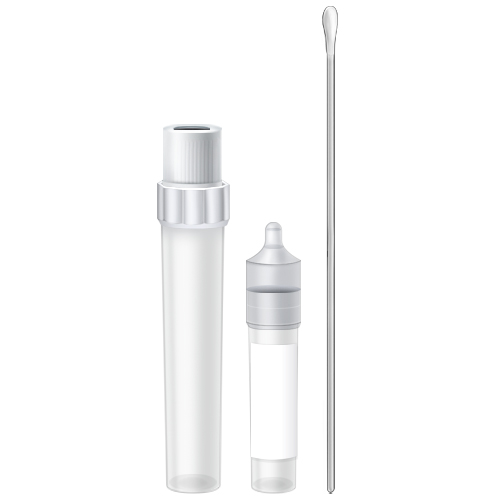Bloomberg Law
Nearly a week after submitting tests for Covid-19, a medical practice in North Carolina was still waiting for the results. New York City health-care facilities were told to only test people who are already hospitalized. A clinic in Oakland, California, has been conserving scarce supplies and turned away symptomatic patients who just a week earlier would have been tested.
These are the realities in the U.S., and they’re worlds apart from the Trump administration’s picture of millions of tests speedily processed by thousands of labs. The president boasted Wednesday that U.S testing topped any other country “by far.” Vice President Mike Pence said 552,000 tests have been performed as of Thursday morning.
But in fact, U.S. testing rates lag far behind on a per-capita basis. That’s likely to cost lives. South Korea, with less than a fifth the U.S. population, comes second in numbers tested, a fact that many cite to explain why it’s been able to rein in the disease’s spread. Germany’s aggressive testing has allowed the country to contain clusters of infections and keep its mortality rate to 0.5%, rate lower than elsewhere in Europe, even though it has the third-highest number of cases on the continent.
Mass testing would help health-care experts understand the scope of the pandemic. It could pinpoint which parts of the country are healthy enough to get back to work, reducing the damage to the economy. It would also help strapped health-care workers triage patients and better allocate dwindling resources. The U.S. has made progress in recent weeks as commercial labs and hospitals have gotten their testing up and running. The FDA has also increasingly cleared new, high-volume testing systems and more applications are coming in — Abbott Laboratories sought approval Thursday for a test that could give results in 15 minutes, according to Pence. But it’s not been enough to meet surging need.
Hospitals and doctors are now able to get tests but results are still slow to arrive, causing health-care facilities to burn through protective equipment like masks because they have to assume anyone tested has the virus until they know otherwise. Commercial laboratories, which do most of the testing, say they are bumping the sickest patients and symptomatic health-care workers to the front of the line, similar to actions taken in hotspots like New York City. While that should conserve protective equipment, it’s at odds with Trump’s goal of getting people back to work quickly.
Testing only the sickest impedes public health priorities like prevention, says Gary Miller, vice dean for research strategy and innovation at Columbia University’s Mailman School of Public Health.
“We don’t want people to end up in the ICU, or to be on ventilators,” he said.
At commercial lab giant Quest Diagnostics Inc., all 12 U.S. testing facilities are running around the clock. The company says it’s handled 44% of the 338,000 Covid-19 tests completed by commercial labs as of Wednesday. Even though it began planning weeks ago and has several of high-capacity Roche Holding AG diagnostics machines recently cleared by the FDA, Quest labs can’t keep up with demand and results take up to five days.
“It’s not okay to wait a week but that’s the reality,” says Quest spokesman Gary Samuels.
To help cope with the volume, the Trump administration asked companies like Quest to prioritize processing tests for hospitalized patients and health-care workers with symptoms.
Hospitals are starting to make similar moves. In New York City, the U.S. epicenter with more than 23,000 confirmed cases, limited testing supplies and high demand drove a major hospital system on Thursday to say it will only test hospitalized patients and people in the emergency department, according to an email seen by Bloomberg News. That’s in keeping with the recommendations of the New York City health department, which in its March 20 statement added that “testing may play a more significant role after the pandemic has peaked.”
The Centers for Disease Control and Prevention’s most recent national guidance is similar, though it makes allowances for a doctor’s judgment and notes state and local governments may adapt “to respond to rapidly changing local circumstances.”
At New Jersey’s largest hospital system, RWJBarnabas Health, Chief Medical and Quality Officer John Bonamo says wait times for results have stretched from about 48 hours to as long as 10 days. That means more hospital beds are being used and workers have to use more personal protective equipment, or PPE, when treating them.
“We’re using up large amounts of PPE because we can’t get tests back,” Bonamo says. “What’s happened is the volume has grown to the point that the results have gotten exponentially slower.”
At Hackensack Meridian Health, which has 17 hospitals in New Jersey, results are taking three to five days. That’s “completely unacceptable,” said Daniel Varga, chief physician executive.
Quest began telling hospitals and other Covid-19 test clients this week to stick orange cards in bags with specimens deemed high-priority under the new guidelines.
“The orange cards are Quest’s way of operationalizing it,” Samuels said. “If someone’s in the hospital, it can’t wait.”
Jon Cohen, a physician and executive chairman of commercial tester BioReference Laboratories, says that in the absence of clear guidelines, the company has given top priority to hospitalized patients since it began Covid-19 testing two weeks ago, also using labeling to sort them.
“As a doctor, I know that testing patients is a big deal,” he said. “They require lots of therapy and attention from front-line workers.”
In other parts of the country, these priorities have also become the practice. “Health systems are reserving tests for the super sick” for fear of running out of tests, said Caesar Djavaherian, co-founder and medical director of Carbon Health Medical Group Inc., a California chain that provides primary care, urgent care and telehealth services.
At Carbon Health’s Oakland location, supplies are dwindling. A week ago, a patient with a fever and shortness of breath might have warranted a test. Today, he or she would be sent home and told to stay in touch, Djavaherian said. Carbon Health needs 200 or more tests per clinic each week to meet demand, but suppliers can’t handle orders that large, so the clinic is getting as few as 10 test kits at a time. A big shipment arrived Thursday, alleviating some concern, but Djavaherian says he’s still worried about keeping up with demand.
“We live and die by these shipments,” he said.
Widespread testing serves both the broader public as well as patient care, said William Schaffner, an infectious disease expert at Vanderbilt University. Early testing can improve monitoring, especially for those at risk such as older people or those with compromised immune systems, he said.
“When people present themselves for health care, it’s good to know what you’re dealing with, whether symptoms are severe or mild,” he said. “You can manage disease better and achieve far better infection control.”
There are signs of improvement. Ten days ago, physician Nick Stark was forced to self-quarantine after a colleague at San Francisco’s UCSF emergency department tested positive. He couldn’t return to work until he’d been tested, which took 5 days.
It turned out he was negative, but like many medical workers in his position, his absence put extra stress on an already over-taxed system.
The department still has too few tests to prioritize all but the sickest, but the supply of swabs and the reagent necessary to administer them is steadily increasing, Stark said. If he were exposed today, he’d likely be tested immediately. He’s optimistic that within a week, the hospital will be able to test patients with milder symptoms.
“This situation is constantly evolving,” he said. “It could change tomorrow.”
Click here for original post on Bloomberg Law

